| << Chapter < Page | Chapter >> Page > |
The complex numbers form a mathematical “field” on which the usual operations of addition and multiplication are defined. Each of these operationshas a simple geometric interpretation.
The complex numbers and are
added according to the rule
We say that the real parts add and the imaginary parts add. As illustrated in [link] , the complex number is computed from a “parallelogram rule,” wherein lies on the node of a parallelogram formed from and .
The product of z 1 and z 2 is
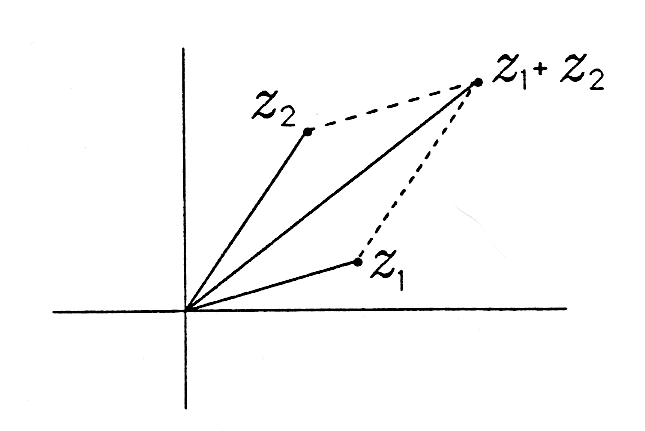
If the polar representations for
and
are used, then the product may be
written as
cos
sin
θ
1 sin
θ
2 and
cos
sin
θ
2 to derive this result.
We say that the magnitudes multiply and the angles add. As illustrated in [link] , the product lies at the angle .
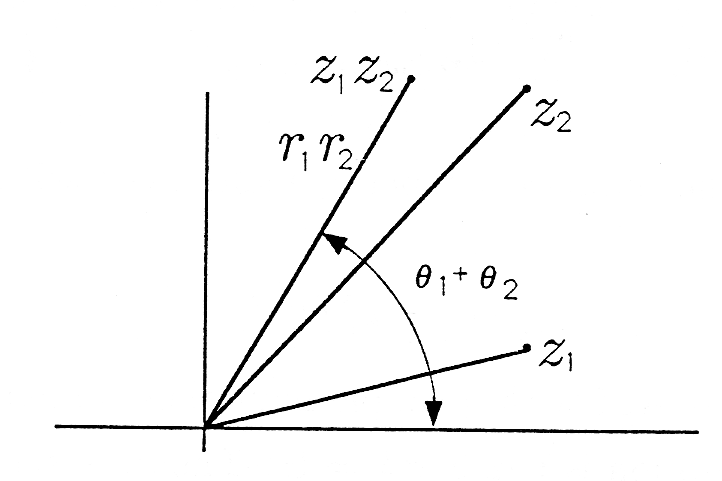
Rotation. There is a special case of complex multiplication that will become very important in our study of phasors in the chapter on Phasors . When is the complex number and is the complex number , then the product of and is
As illustrated in [link] , is just a rotation of through the angle .
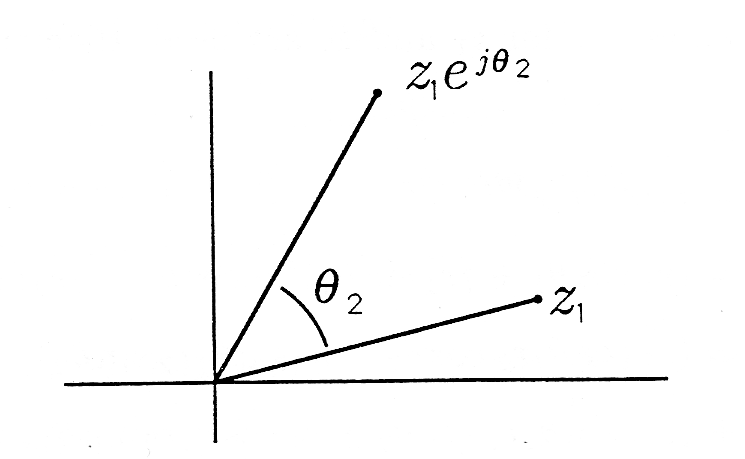
Powers. If the complex number multiplies itself times, then the result is
This result may be proved with a simple induction argument. Assume . (The assumption is true for ) Then use the recursion . Iterate this recursion (or induction) until . Can you see that, as n ranges from , the angle of z§ranges from θ 1 to , to and the radius ranges from r 1 to , to ? This result is explored more fully in Problem 1.19.
Complex Conjugate. Corresponding to every complex number is the complex conjugate
The complex number and its complex conjugate are illustrated in [link] . The recipe for finding complex conjugates is to “change . This changes the sign of the imaginary part of the complex number.
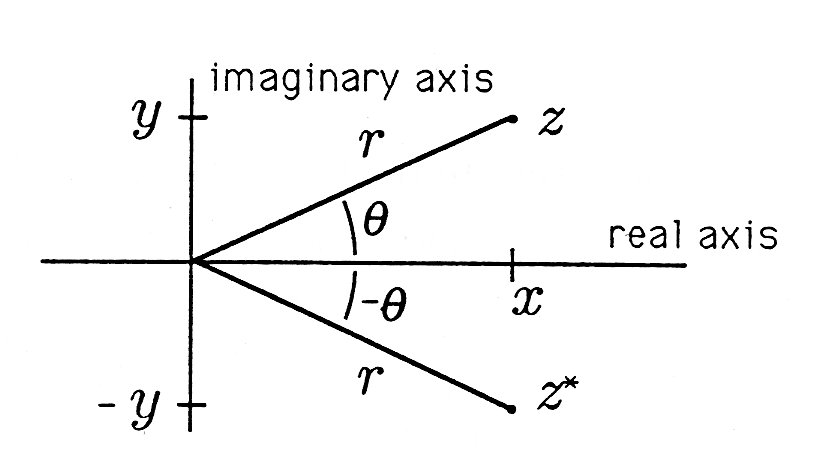
Magnitude Squared. The product of z and its complex conjugate is called the magnitude squared of z and is denoted by :
Note that is the radius, or magnitude, that we defined in "Geometry of Complex Numbers" .
Commutativity, Associativity, and Distributivity. The complex numbers commute, associate, and distribute under addition and multiplication as follows:
Identities and Inverses. In the field of complex numbers, the complex number (denoted by 0) plays the role of an additive identity, and the complex number (denoted by 1) plays the role of a multiplicative identity:
In this field, the complex number is the additive inverse of z , and the complex number is the multiplicative inverse:
Demo 1.2 (MATLAB). Create and run the following script file (name it Complex Numbers) If you are using PC-MATLAB, you will need to name your file cmplxnos.m.
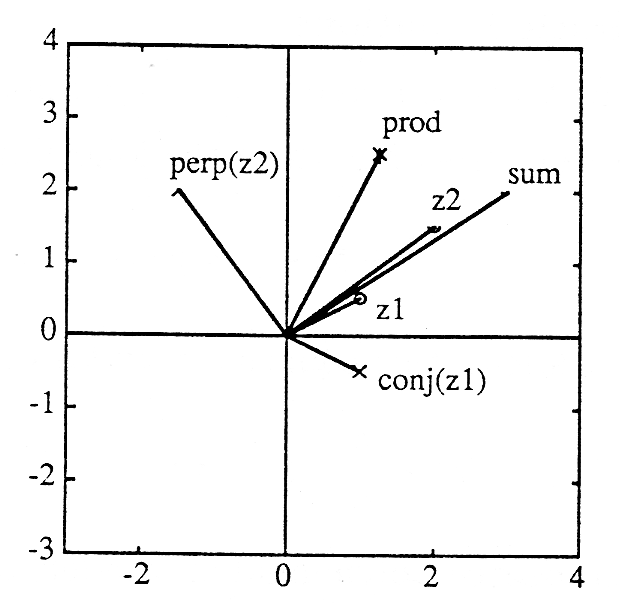
With the help of Appendix 1, you should be able to annotate each line of this program. View your graphics display to verify the rules for add, multiply,conjugate, and perp. See [link] .
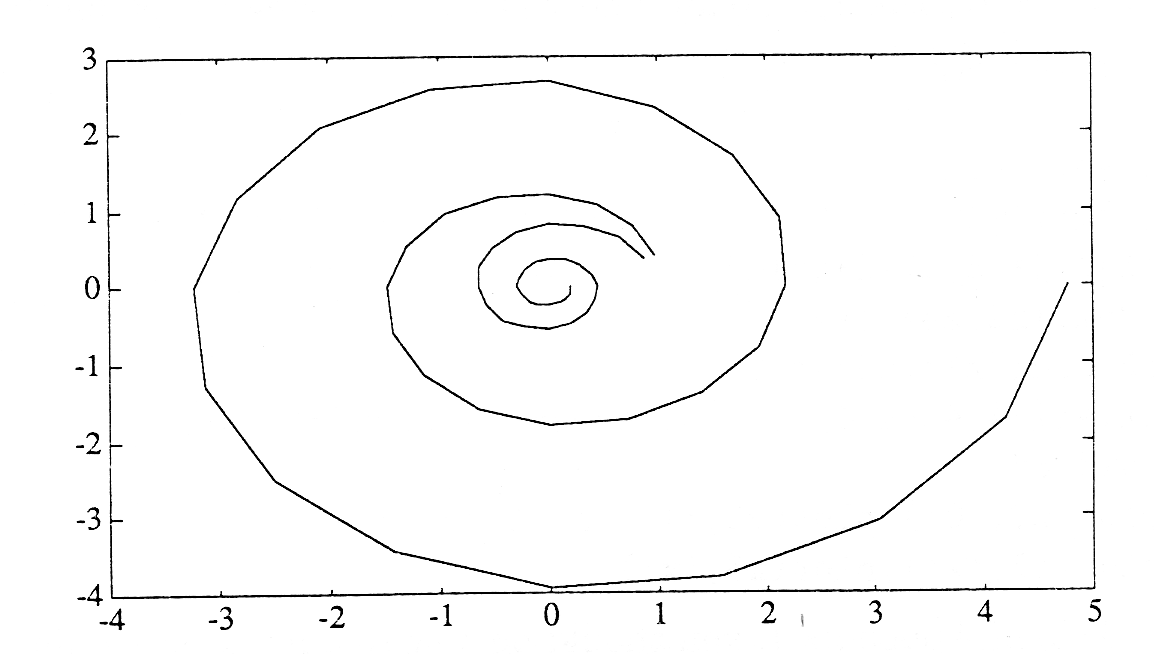

Notification Switch
Would you like to follow the 'A first course in electrical and computer engineering' conversation and receive update notifications?